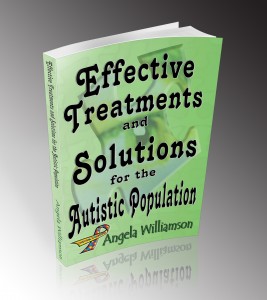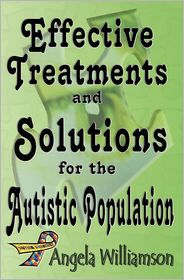Visual perceptual dysfunction is very prevalent within the autism community. It affects how they interact, learn, relate, see, etc., within their surroundings. Visual perceptual difficulties do not relate to farsightedness or nearsightedness, but how the visual system processes or interprets information. Many individuals with autism will look at people from the side of their eyes. They may use one hand to cover one eye to look out the other eye. This allows them to get a complete or better view of people or objects. They may also avoid eye contact with others all together, due to their perceptual difficulties. Some may flap their hands to help interpret their environment. Many will have difficulties with trying to match objects. Some are unable to make out letters on printed paper.
Get Rid of Yeast Now Click Here!
As a result, many individuals with autism may rely on their auditory input, if it is not an issue as well. This contributes to them becoming self-absorbed or sticking to routines. When this routine is disrupted or changed, “melt downs” or “stimming” can occur. Melt downs are usually outbursts or when individuals with autism are extremely upset. They can also have meltdowns when they are visually overstimulated. Stimming refers to self-stimulation. Individuals with autism use stimming to help them cope with stressful events or as a mechanism to soothe themselves for various reasons.
Green Clean Book Click Here!
Most individuals with autism have trouble with spatial relations, visual discrimination, visual memory, visual closure, visual tracking, etc., within their visual system. Some have difficulty in processing shapes from an undifferentiated background. For example, letters that are written in chalk on the board would be difficult for them to organize, process, and interpret.
Autism and Asperger Help! Click Here!
Many of them have difficulty with visual motor skills. Fluorescent lights often have a negative effect on those with visual perceptual problems, especially among the population with autism. Many will walk through things, step over or on people, and touch everything in sight. Unfortunately, many professionals who teach individuals with autism are not familiar with visual perceptual dysfunction and vision therapy. Therefore, they dismiss it as an issue with their visual system. This problem contributes to behavioral and learning problems within the autism community. Most individuals with autism benefit from vision therapy!

Get live expert advice from Angela Williamson by clicking on her name on the banner.










